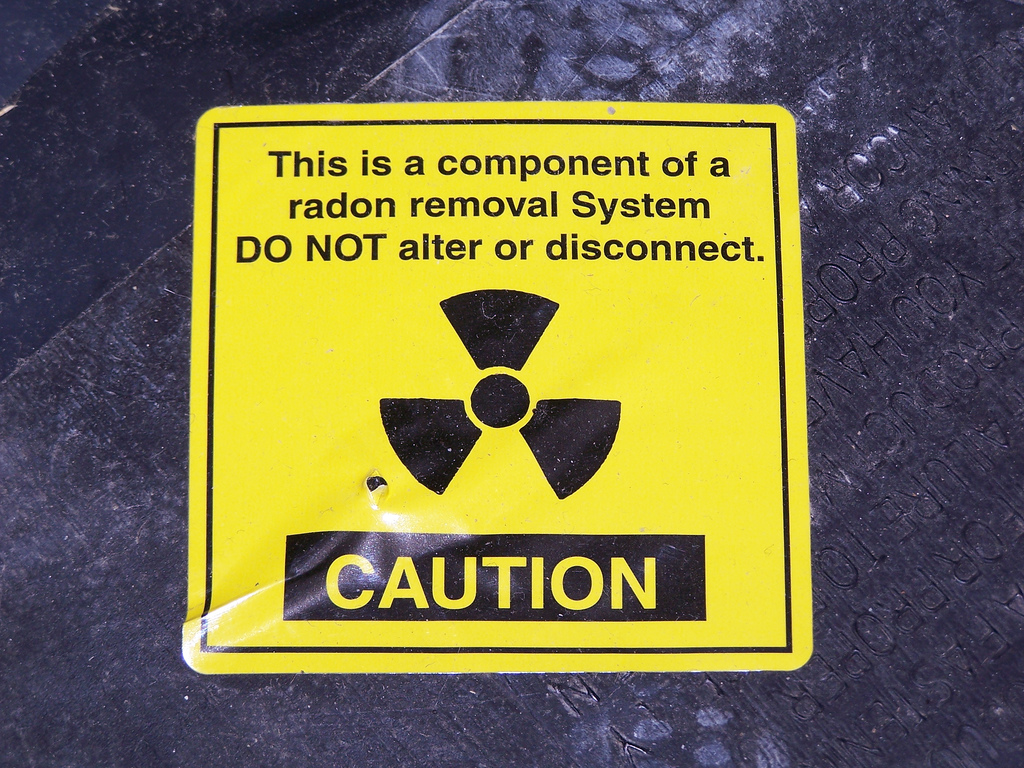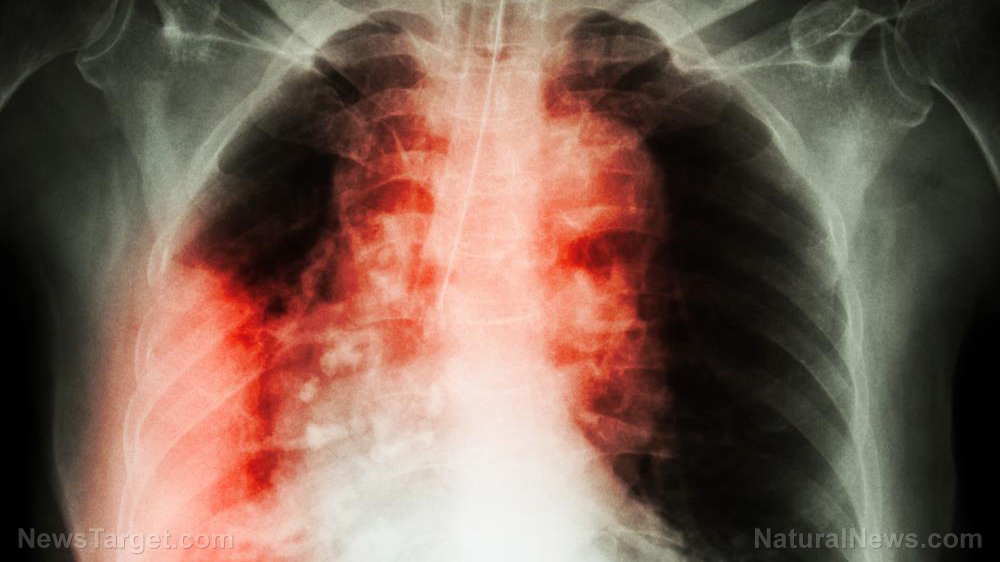Indoor cats are found to carry high levels of this toxic chemical
04/05/2019 / By Gregory Van Dyke

Indoor cats are heavily exposed to dangerous chemicals that affect their health. A new study from Stockholm University confirmed the connection between healthy, normal cats and indoor dust. Brominated flame retardants, which are found in most furniture and electronics, were found to be at high levels in indoor cats. The chemical eventually becomes dust which is inhaled by felines.
A previous study noted that brominated flame retardants were seen in higher concentrations in the blood of indoor cats with feline hyperthyroidism. This is the first time that healthy cats were studied in comparison. The study was published in Environmental Science & Technology.
Paired dust and blood samples were taken at the same time. According to Jana Weiss at Stockholm University‘s Department of Environmental Science and Analytical Chemistry, by taking paired samples, they would have a greater perception of the environment where the cats live.
The cats involved in the study spent the majority of their time indoors.
The conclusion of the study has a more relevant implication. Parents should note that children, often sensitive like cats, are also exposed to these chemicals.
Weiss added that the brominated flame retardants found in cats are endocrine disruptors. It can be a serious for a young child to ingest these chemicals, as exposure during their development may lead to negative consequences such as thyroid disease.
What are brominated flame retardants?
Brominated flame retardants are chemicals used on furniture, textiles and electronic products to prevent the materials from igniting. These chemicals have been discovered to be dangerous to health, and some are known endocrine disruptors (chemicals that may interfere with the endocrine system at specific doses).
Many of the brominated flame retardants are banned in certain products for these very reasons. Nevertheless, brominated flame retardants are exceedingly persistent, and can remain present in the products for years after they have been created. They would become part of the dust.
The researchers obtained blood samples from cats and collected dust in both the adult’s and children’s bedrooms, and the living room. Both the blood and dust samples were then examined for chlorinated and brominated contaminants. The examination revealed that not only were currently-in-use chemicals present, but also those that have been prohibited for many years.
Facts about flame retardants
Flame retardants are globally categorized as toxic contaminants. They have been linked with cancer, dysfunction of the immune system, reproductive disorders, hormone disruption and impaired thyroid function. The following are facts about flame retardants you should know about:
- Baby products have extremely high contents of flame retardants – Foam is a product created by mixing chemicals together. Changing pads and other foam baby products contain chemicals, which include flame retardants.
- They affect unborn babies – Pregnant moms need to be aware of the dangers of being exposed to flame retardants. Studies show that flame retardants can easily cross the placenta. They can possibly transfer harmful effects from the pregnant mother to the unborn child. Flame retardants have been found in the fetal blood of women with exposure to products containing such chemicals.
- Kids are the most vulnerable – Tests have revealed that children have three times more flame retardants in their blood as their mothers. This can be because children frequently play on the floor where dust and flame retardants are collected in the carpet.
- They are concentrated on airplanes – Foam used not just on seats, but anywhere in an airplane, contain excessive levels of flame retardants. Dust samples obtained from airplanes contained mostly flame retardants.
So, what can you do? When the weather is nice, open your windows for some fresh air. Deal with dust in your home regularly so it doesn’t accumulate. Research purchases for your home, with chemicals in mind. Awareness will help you guard against this health hazard.
Sources include:
Tagged Under: animals, cats, feline, Flame retardants, Pets, prevention, toxic chemicals, toxins


















